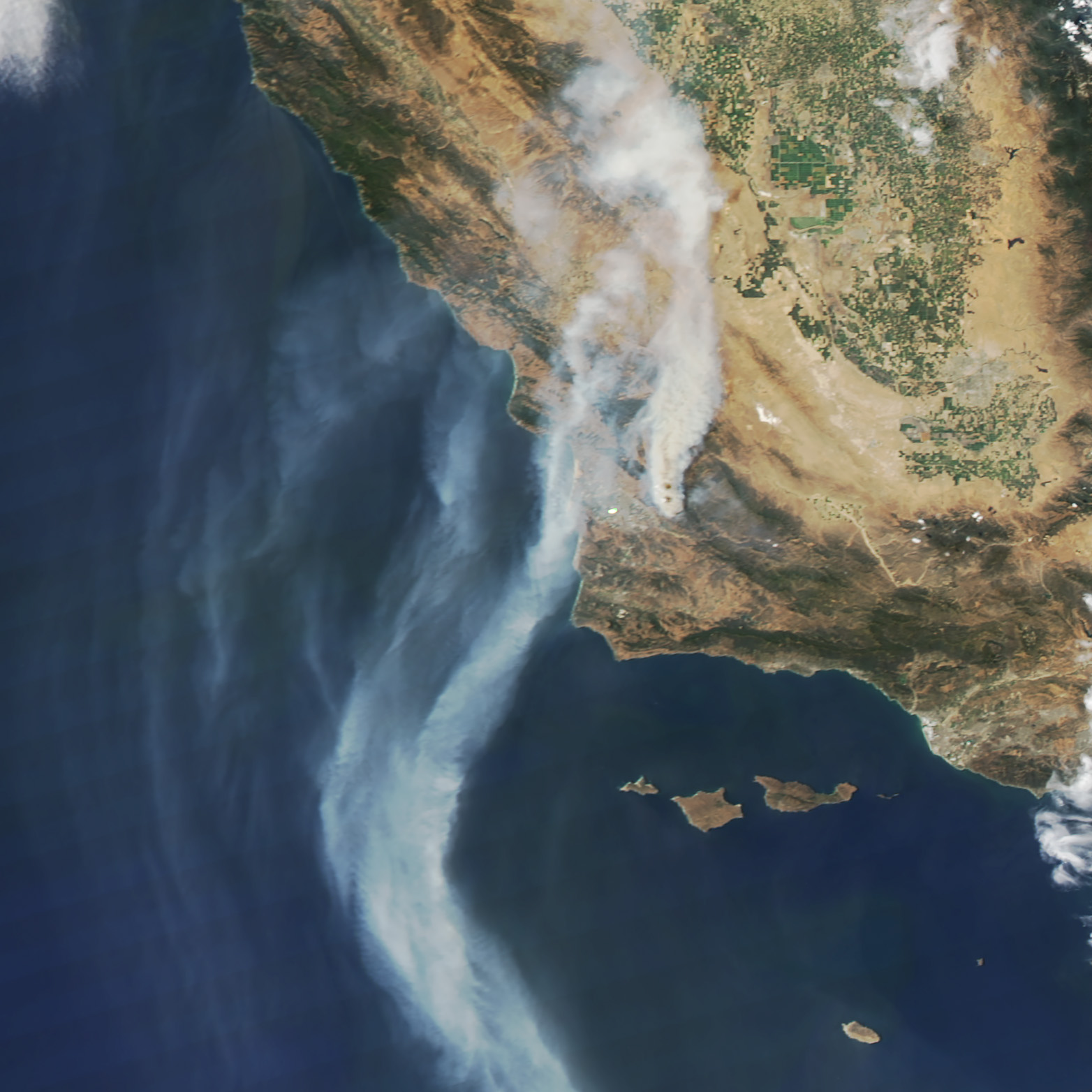
California has a well-known history of destructive and widespread fires. Almost a year ago on November 8th, the Camp Fire raged. It was the most destructive wildfire in California’s history, and the most expensive natural disaster in the world in 2018, with damages estimated at $16.5 billion and at least 85 civilian fatalities. Currently, there are several fires burning in locations throughout California, including the Kincade Fire, Getty Fire, Hill Fire, and Easy Fire.
The Kincade Fire in Sonoma County of Northern California has burned 76,825 acres and is about 30% contained. Wind speeds hit peaks of 50-55 mph overnight. The fire has destroyed 206 buildings, half of which were homes. Middletown resident Autumn Pyzer had her power shut off, and lost everything in her refrigerator and freezer on top of that. She commented, “At this point, it is just another day in California. I just live it day by day.” The blackouts impacted about 1.5 million residents in 30 counties on Tuesday. A family of nine evacuated their homes and had to live in a small RV while they awaited further updates. Paloma, the 17-year-old of the family, states that they have been staying strong, but it hasn’t been easy. Her two younger sisters, one 3 years and the other 6 months old, went to the hospital from inhaling too much smoke.
Meanwhile, the Getty Fire has burned 745 acres and is roughly 27% contained. Wind speeds are forecasted to be 30-50 mph with peak wind gusts up to 70 mph. East of Los Angeles, the Hill Fire broke out. Fire officials have stated that it has burned 628 acres and is 30% contained as of 6:45 pm Wednesday.
Finally, a fast-moving brush fire broke out northwest of Los Angeles. Named the ‘Easy Fire’, it burned about 1,300 acres and neared the Ronald Reagan Presidential Library, encircling the pavilion that houses Reagan’s Air Force One, a plane that flew Reagen to 26 countries. Firefighters managed to keep it at bay, despite winds reaching upwards of 50 mph.
The National Weather Service issued its first “extreme red flag warning” for Los Angeles and Ventura counties. What’s more, according to the station KQED, “Over the past week, more than 300 blazes have broken out in California.” This statistic concisely puts the situation in perspective, showing the massive, extensive impact the fires have had on Californian citizens.
